Time Marches On
Microsoft has historically released Windows in a ‘tick-tock’ manor, where a new version will pilot some new features (the ‘tick’) that typically upsets a vocal group of users. They use the feedback to refine those features for the next version (the ‘tock’), which is considerably more popular. It’s easy to spot which versions were ticks and tocks when looking through the past several Windows versions:
- Windows Vista (Tick)
- Windows 7 (Tock)
- Windows 8/8.1 (Tick)
- Windows 10 (Tock)
Most users are happy to give up their ‘tick’ versions of Windows, but will cling to their ‘tock’ editions. Users may remember Windows XP’s end of Extended Support being a big deal in 2014, but likely didn’t notice when the same happened to Windows Vista in 2017.
Windows Support Cycle

Microsoft support for all Windows starts off with Mainstream Support, which includes product enhancements and security fixes. Eventually, all versions fall to Extended Support, which means they only get security fixes. Finally, the plug is pulled entirely and no further updates are issued. While versions of Windows in use beyond Extended Support are still functional, they are a considerable security risk as hackers and malware authors won’t stop working to compromise those operating systems. Companies subject to auditors or compliance regulations will find some heavy encouragement to replace these computers.
According to Net MarketShare, as of November 2018 Windows XP is still 4% of the desktop operating system market despite its Extended Support ending 4 years ago. While that may not sound like much, the latest version of Apple’s Mac OSX (10.13), only has 5%.
Microsoft changed the release cycle with Windows 10 to a more incremental cycle. This may be the last time we have to address the retirement of a major version of Windows.
Budget Now
Being a particularly popular ‘Tock’ version, Windows 7 is still the most prominent operating system in use today. However, its Extended Support ends January 14th, 2020. If you still have Windows 7 on any computers in your organization, 2019 is the time to proactively replace those computers to avoid vulnerabilities that will certainly crop up in 2020 and beyond.

